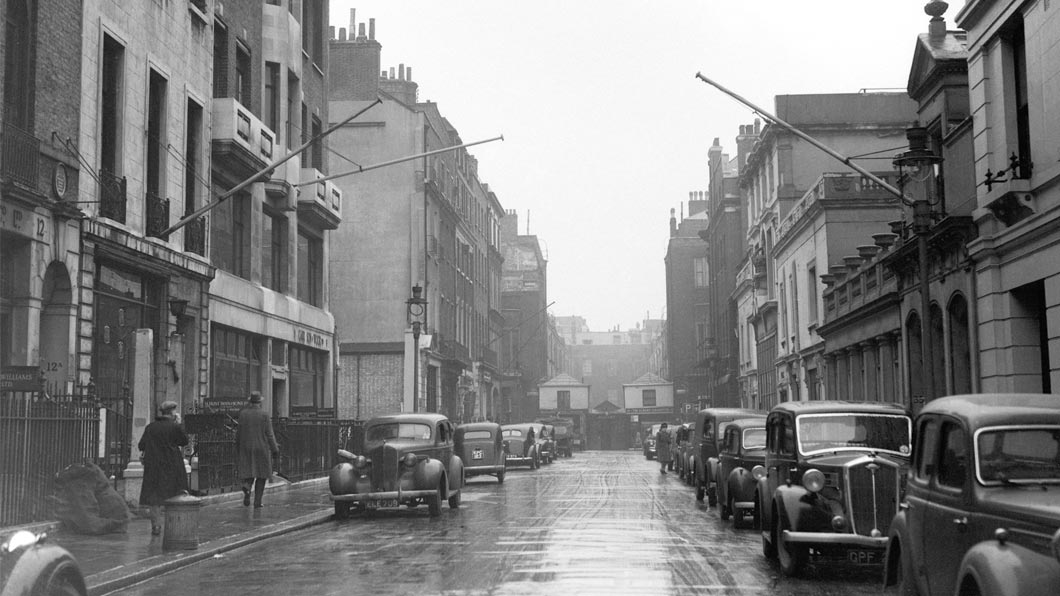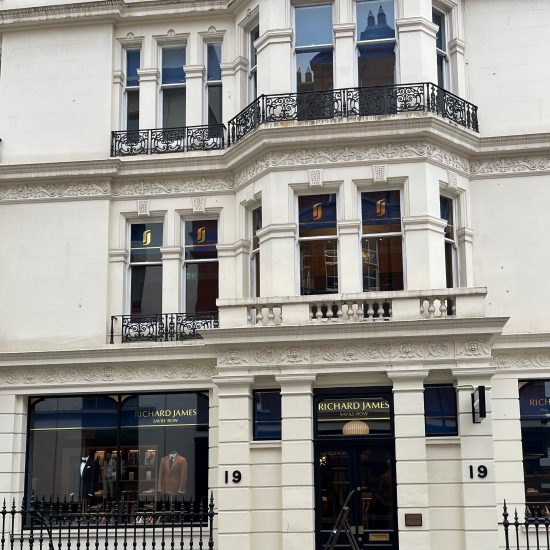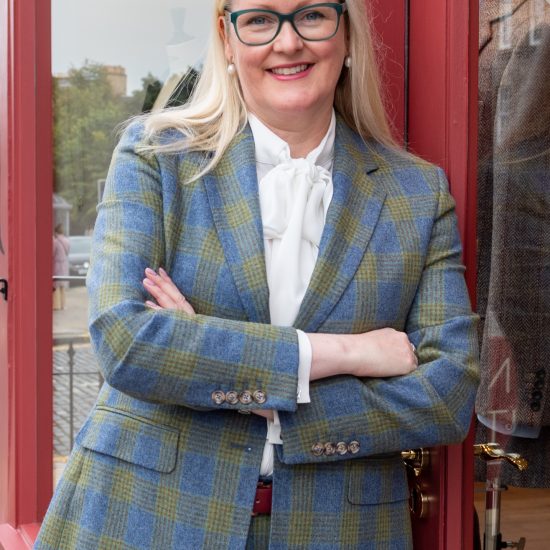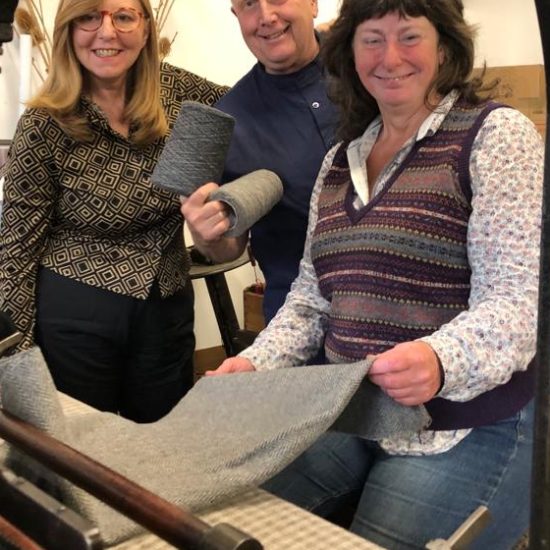
Savile Row was built between 1731 and 1735 and is named after Lady Dorothy Savile, wife of the 3rd Earl of Burlington. Here, Mayfair historian Tyne O’Connell tells the story of one of London’s most flamboyant and influential people
Dorothy Savile, adored by the majority of London’s artistic and royal circles, blazed a trail across early 18th-century London as the leading luminary of cultural salon life. Her mother, Lady Mary Finch, was the daughter of the great Earl of Nottingham and Winchelsea while her father was the Marquis of Halifax. Lady Mary was her husband’s second wife but their long running affair provided decades of scandal before the death of his first wife enabled them to marry. Dorothy’s father died the year after her birth, making her one of the wealthiest heiresses of the age. A few men bitterly resented such a young girl having more power and wealth than most, with her own uncle describing her as “the wickedest mischievous jade upon earth”.
From an early age as one of the young maids of Queen Anne’s bedchamber, she mixed with some of the most illustrious figures of the era including Anne Finch, the feminist rebel and poet, and Sarah Churchill, wife of the Duke of Marlborough. By the age of 15, Dorothy was the head of the bedchamber of Princess Caroline, wife of the Prince of Wales, later King George II. Caroline and her husband’s power rivalled that of the unpopular German-speaking King George I’s own court.
As hostess of The Burlington Circle in Burlington House (now the Royal Academy), Dorothy became one of the greatest influencer of the age and is best known for her friendships and financial patronage of Handel, Swift, Garrick, Pope, John Gay and William Kent. Her personal wealth included vast estates and an enormous fortune, affording her an unusual degree of independence and self-empowerment for a woman, enabling her to cut a line of her own as an artist and as the principal patroness of the age. It is difficult to exaggerate her influence as the leading salonniere of the first half of the 18th century.
The cultural salons of Britain had begun in 1662 when Queen Catherine of Braganza had made drinking tea fashionable. Before this, women had taken a back seat to men socially as coffee was sold at coffee houses from which women were barred. The increasing popularity of tea, and its ready availability, put the running of social events into the hands of women for the first time. Women began hosting cultural tea salons attended by eccentrics and forward thinking men, without prejudice to class, race or faith. Over cups of tea and saucers of champagne, artists, composers, playwrights, scientists, philosophers, royalty and leaders of commerce discussed the arts and new ideas, and listened to the latest composers and poets.
Women began to compete to host the best salons and would trawl Europe in an attempt to discover new talents to present to their guests but none could compare to Dorothy’s lavish occasions. Her guest list included kings and queens, the leading cultural figures of the day, the head of the Bank of England, the head of The East India company and the head of Coutts. It was the non plus ultra of intellectual and cultural life in Britain. William Kent’s sketch of Dorothy at her easel at Burlington House where he lived with her and her husband for over 30 years, and Dorothy’s sketch of Alexander Pope playing cards, captures the relaxed atmosphere of her salons and her unique friendships with the leading, artistic figures of the day.
Blessed with beauty, Dorothy’s porcelain complexion and dark curls, her sharp intellect and the easy confidence of a natural raconteur, added to her charisma in attracting the key figures of music, science, fashion and royalty to her salons. She could afford to dress in the most exotic textiles and styles. Unfortunately for Dorothy though, her patronage of so many famous artists overshadowed her own achievements as a portrait painter and caricaturist. She had been taught by the Irish artist, Charles Jervas, official portrait painter of King George I and II and another member of her colourful salon. Some 24 of her paintings are at Chatsworth, her youngest daughter Charlotte’s home after her marriage to the 4th Duke of Devonshire in 1748.
Dorothy was not only a fashion icon for women, she wanted the gentlemen in her life to be “distinctively attired” and happily funded their bespoke three-piece suits, shoes, hats and canes. As the gentlemen visiting Burlington House had to walk past an oyster bar and over the shells of discarded oysters, Dorothy built the first Burlington Arcade in 1721 to prevent the sour odour of oysters soaking into slippers and shoes and coming into the house.
This glass-fronted arcade marked the beginning of Dorothy’s development of the 10 acres behind Piccadilly. The first Burlington Arcade was replaced in 1810 by a much larger and grander affair as shopping was transformed from a chore to the popular leisure pastime it became under Charles II and Catherine of Braganza, hence the entwined Cs on the lampposts of the area.
Before Dorothy’s marriage to Richard Boyle in 1721, the impoverished third Earl of Burlington and Cork was facing financial ruin. He had numerous outstanding debts and several court cases in Chancery. When rumours began to swirl that their two friends were to marry, the poet Alexander Pope and the designer William Kent wrote to one another that they, “Hoped that Lord Burlington’s marriage to Lady Dorothy Savile would signal a new period of creativity.” Pope wrote to Lord Burlington, “I hope she paints, I hope you build” while Kent wrote, “I hope that your architecture will flourish.”








